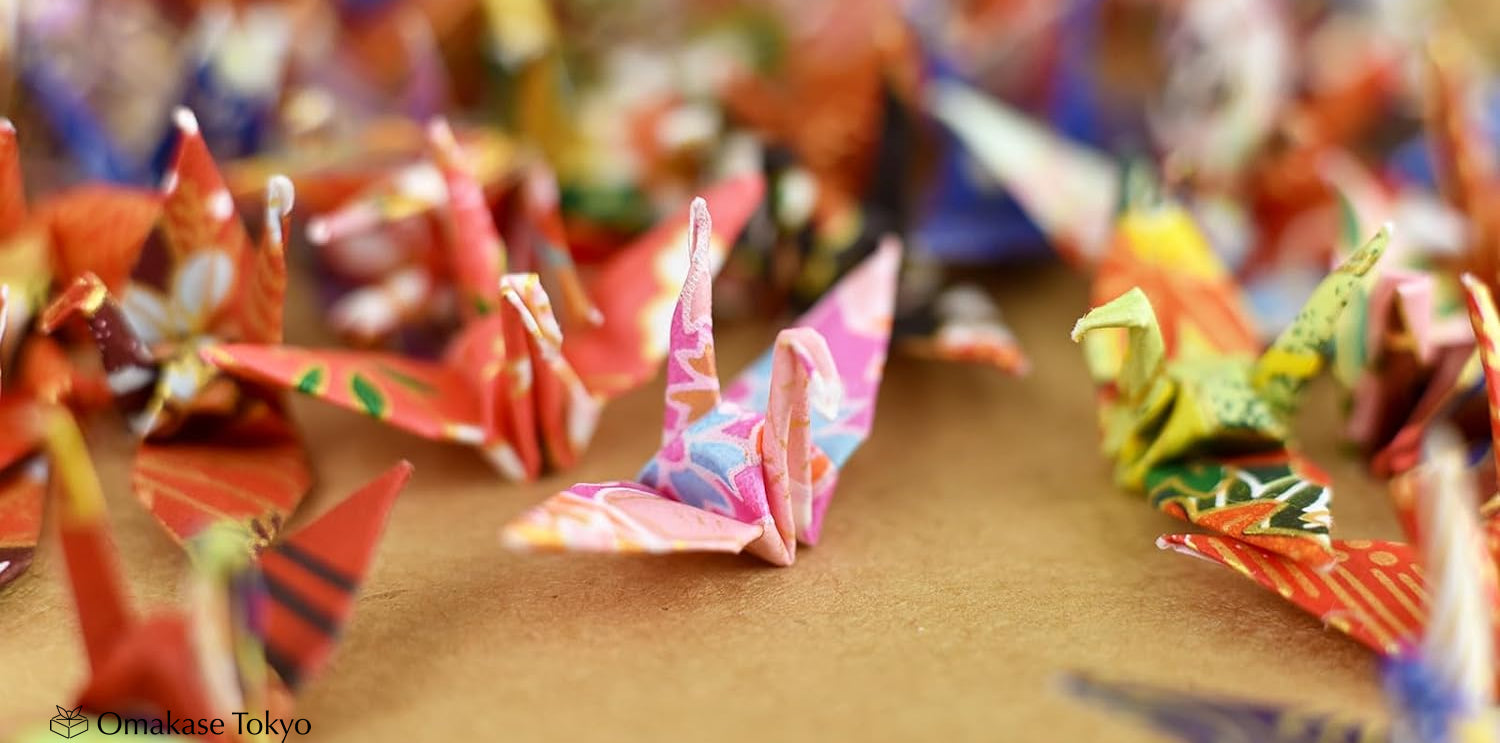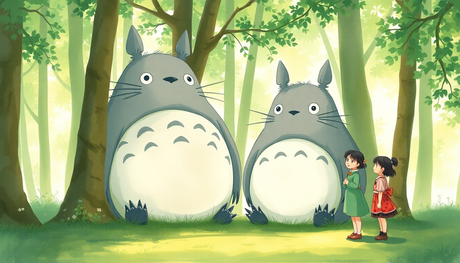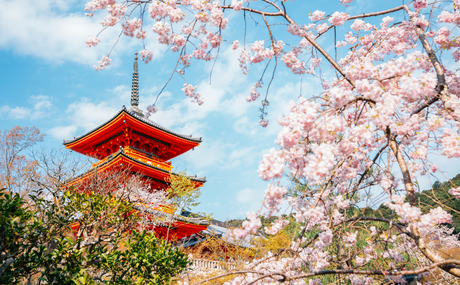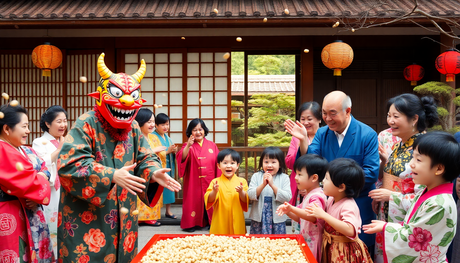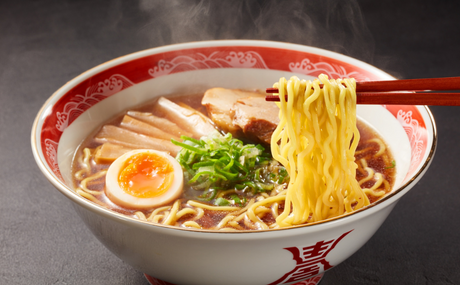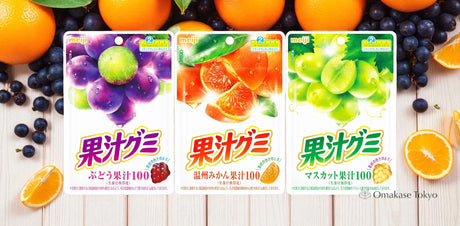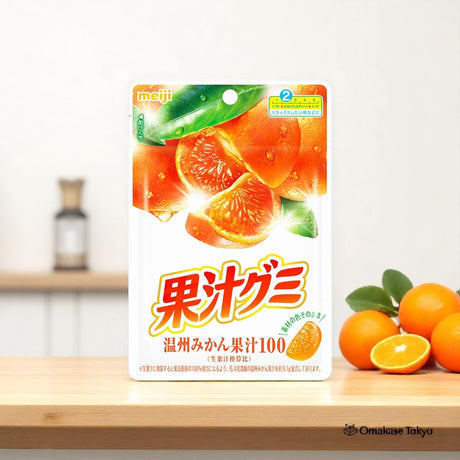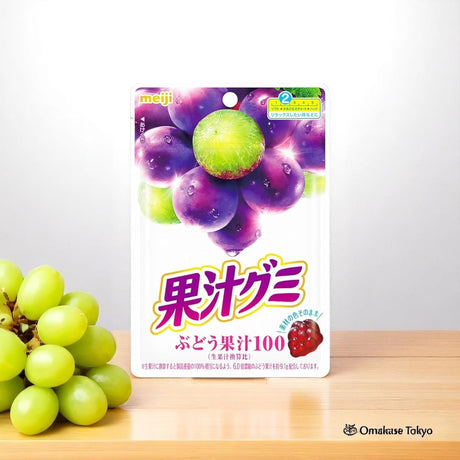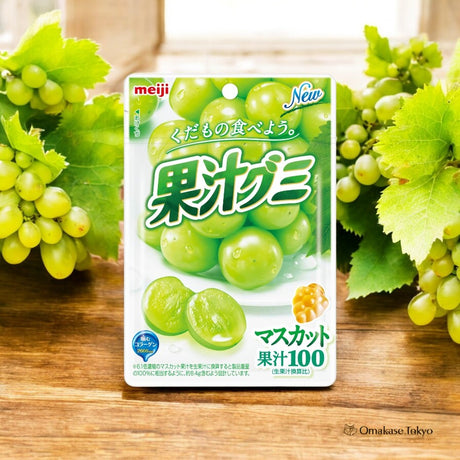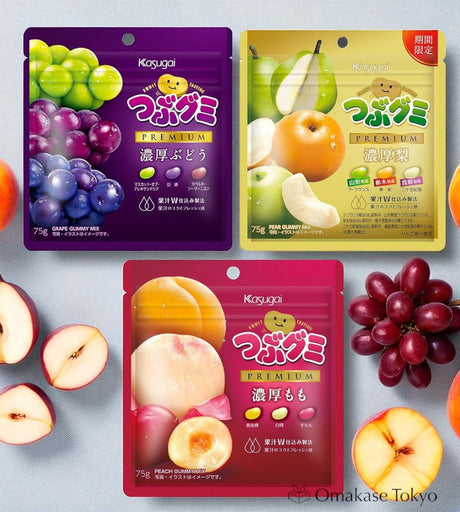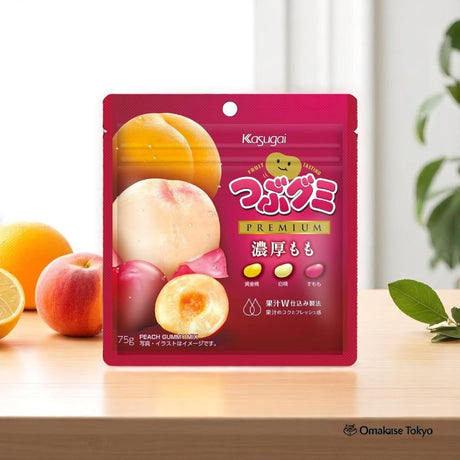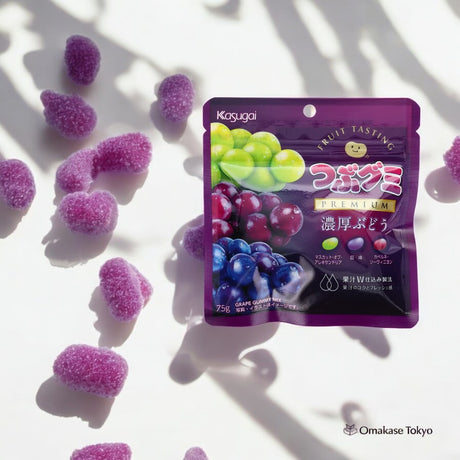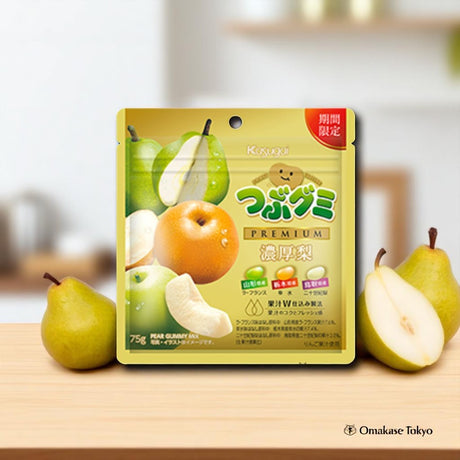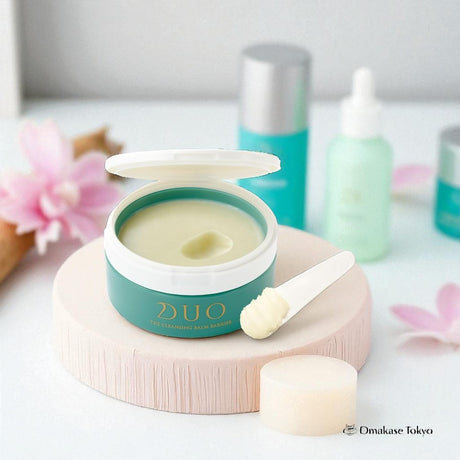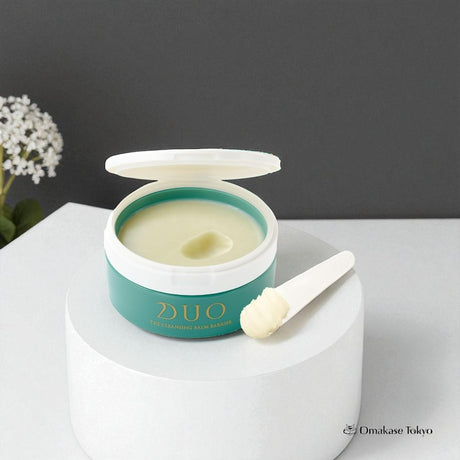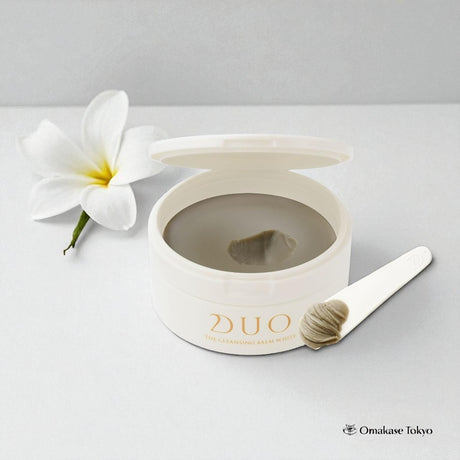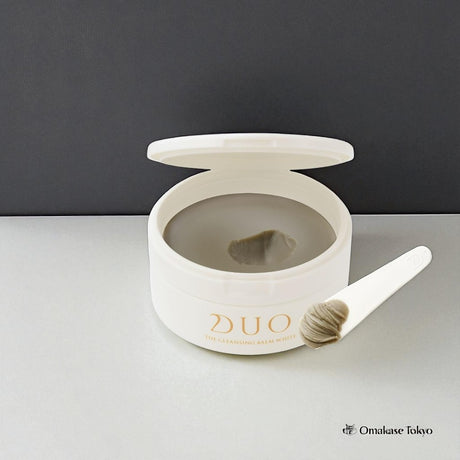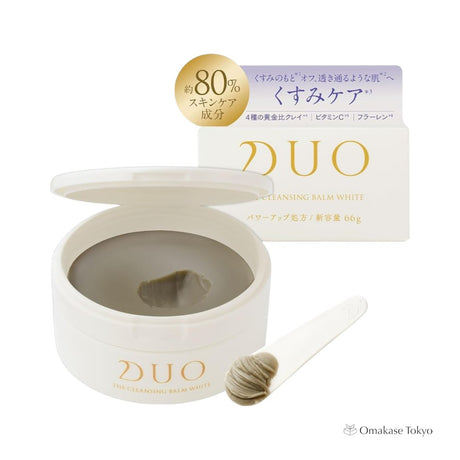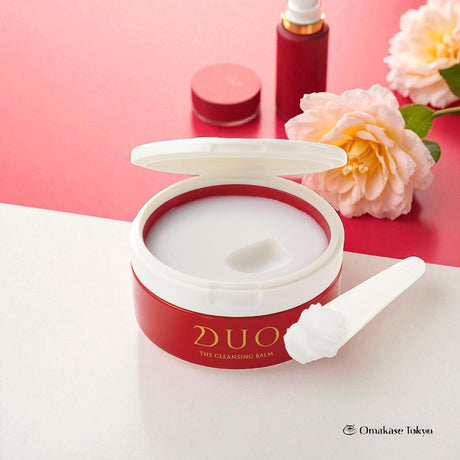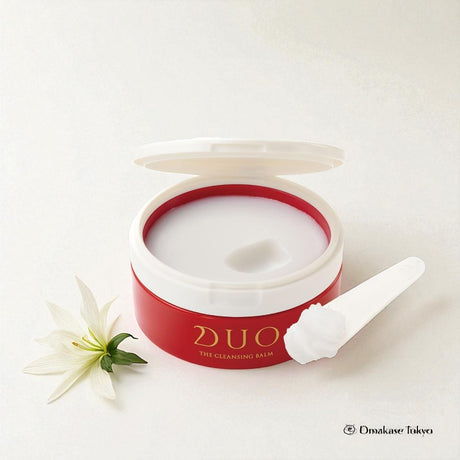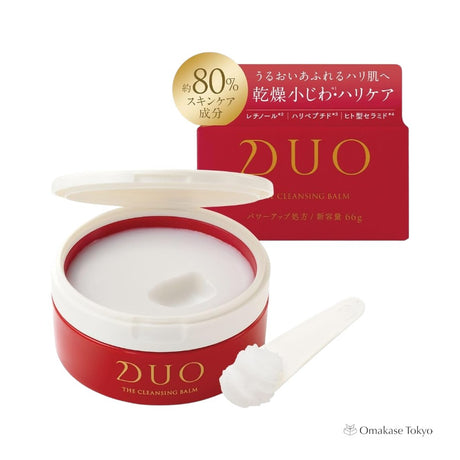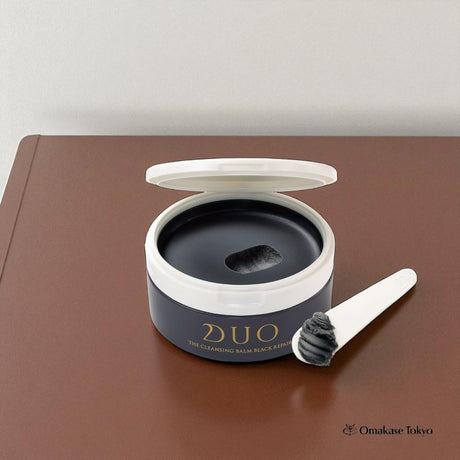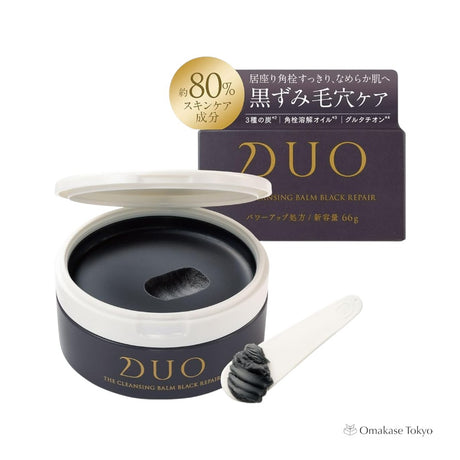In Japan, the crane, or "tsuru" (鶴), is revered as a symbol of longevity, prosperity, and good fortune. The significance of cranes in Japanese culture can be seen in proverbs, folklore, art, and traditional practices, where they are often portrayed as auspicious creatures. Despite variations in cultural interpretations around the world—such as the crane being seen as a harbinger of death in Celtic mythology or a symbol of dark forces in Haitian Vodou—in Japan, the bird has consistently been associated with positive meanings.
One of the most enduring traditions involving cranes in Japan is the practice of folding paper cranes, known as "orizuru" (折り鶴). The history of paper folding in Japan dates back to around 610 AD, when the art of paper-making was introduced from China. Over time, Japanese artisans developed "washi" (和紙), a durable and thin paper that became essential in daily life, especially among the aristocracy. Washi was initially used for wrapping gifts and religious offerings, but as folding techniques evolved, it was also applied to making more intricate designs.
Origami as a recreational activity began to spread among the general public in the Edo period (1600–1868), when paper production increased. By the 1700s, folding cranes became popular as a pastime for children and adults alike. This led to the creation of the "senbazuru" (千羽鶴), or "thousand cranes," a powerful symbol of hope and well-wishing.
The phrase "A crane lives for a thousand years, a turtle for ten thousand" ("鶴は千年、亀は万年") encapsulates the cultural association of cranes with longevity. The specific crane referenced here is the red-crowned crane, or "tanchozuru" (丹頂鶴), known for its distinctive red crest and its lifespan of 20–30 years in the wild, though it can live up to 50 years in captivity.
Folding paper cranes is often seen as a gesture of peace, healing, and hope. The "senbazuru" tradition holds that if a person folds one thousand cranes, they will be granted a wish or experience good fortune. It’s also a symbol of collective strength, as individuals often fold cranes for someone facing illness or hardship, with the belief that the combined effort will bring about healing or recovery.
It’s worth noting that the number "1,000" in the "senbazuru" is symbolic rather than exact, signifying a large or abundant number. Therefore, folding slightly more or fewer than one thousand cranes still carries the same significance.
In Japanese culture, the crane remains a revered creature of elegance and symbolism, and its role in traditions such as origami ensures its legacy as a timeless symbol of good fortune and resilience.

